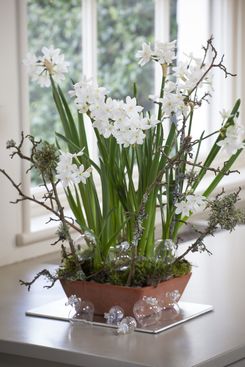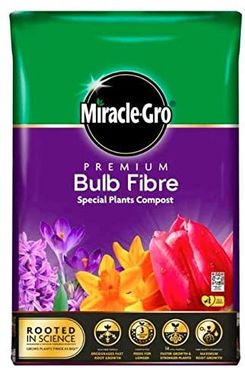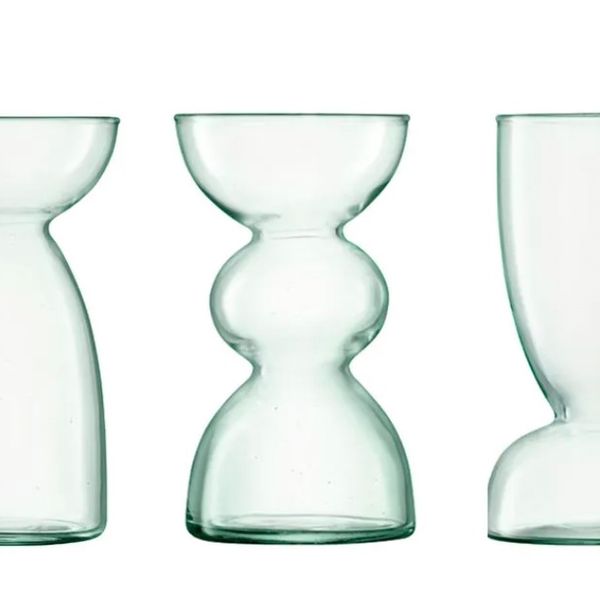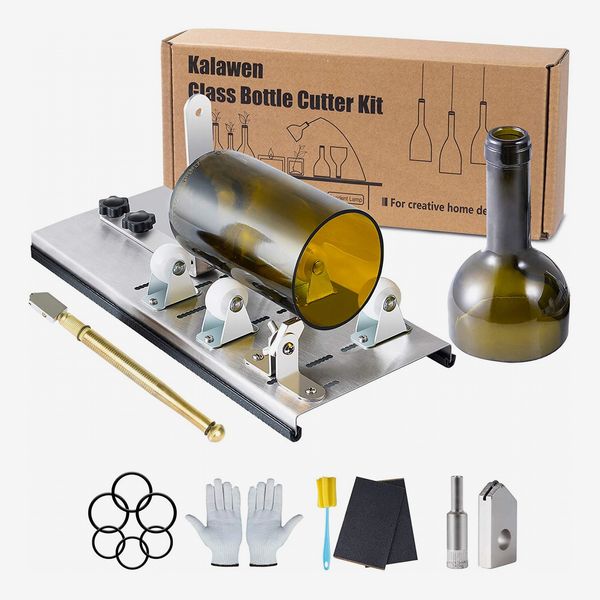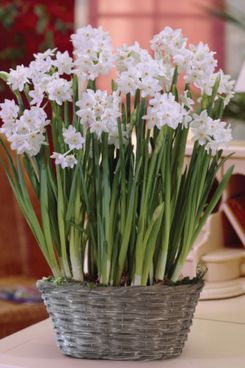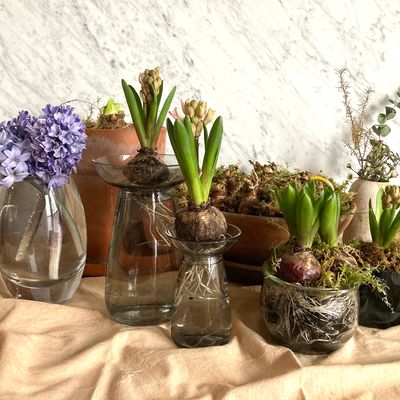
Pre-Christmas excitement comes in many forms. For me it begins with the annual delivery of bulbs sometime in mid-October, the result of me panic-shopping my way through the tulip and narcissi section of Sarah Raven a few weeks earlier. For spring, I’m thinking of a successional riot of summer colour in a huddle of terra-cotta containers and, for now, my favourite of festive traditions: a scattering of highly-scented or colourfully blooming bulbs with which to dress tables, adorn sideboards, embellish mantelpieces and navigate my way through the darker days of winter.
Many classic “winter-flowering” bulbs are actually spring bulbs that have been forced to flower early via the same alchemy that gives us early-season rhubarb. It’s all about tricking the plant to produce roots, shoots, and flowers early by providing favourable conditions for growth such as periods of dark, light, and heat. Which means pots of pretty white paperwhites in December, bowls of delft blue or creamy hyacinths as Christmas presents, and the gift of watching a majestic pink or red amaryllis flower bloom in perfect harmony with the coming of the New Year.
Forcing such bulbs to bloom during a specific period is all about timing, working back so that these magical, bauble-shaped parcels of life have adequate days for dormancy and emergence. The easiest way to do this is to buy “prepared” bulbs that have been pre-chilled “for forcing” to trick them into thinking it’s already winter (otherwise you have to do this yourself by putting bulbs in the fridge for weeks at a time — a step too far for me). If you want to plan your displays ahead, do this in early autumn and keep bulbs in a cool, dark, dry place until planting — by mid October for forced hyacinths, which generally take around ten weeks to bloom, or by mid-November for paperwhites or amaryllis, which take only six to eight weeks. But you can easily pick some up now (often at a discount) such as Narcissus papyraceus “Ziva” for Forcing.
Although bulbs planted now won’t flower until a few weeks into the New Year, tucking them into bulb fibre or a mix of loamy soil and grit — close but not touching so tips are visible — and leaving them in a cool, dark place until roots and first shoots appear is a pleasure all of its own, as is placing them in a sunny spot to watch those first signs of new life turn into full-fledged plants.
Hyacinths work well in shallow bowls, narcissi paperwhites need deeper vessels to cater for their longer root system, while the impressively sized bulbs of the amaryllis (Hippeastrum spp.) like a tight fit with only about 2.5 centimeters of breathing space and may need a support. I love growing hyacinths in aqua-culture vases such as these recycled-glass beauties from LSA International, which allow you to see the roots as well as the bloom.
Or get creative — I’ve previously used a Kalawen Glass Cutter to turn wine bottles into single-bulb holders lined with a moist coir and moss. I’m also planning a vintage terra-cotta-pot-plant theatre of snowdrops (Galanthus spp.) and cyclamens (Cyclamen spp.) for more-the-merrier appeal inside and out.
Plus I’ve preordered a couple of baskets of conveniently prepotted paperwhites for delivery mid-December, in case pre-festive burnout sets in. If there’s anything to learn from bulbs, it’s that there’s also a time for some much-needed dormancy.
The Strategist U.K. is designed to surface the most useful, expert recommendations for things to buy across the vast e-commerce landscape. Read about who we are and what we do here. Our editors update links when possible, but note that deals can expire and all prices are subject to change.
